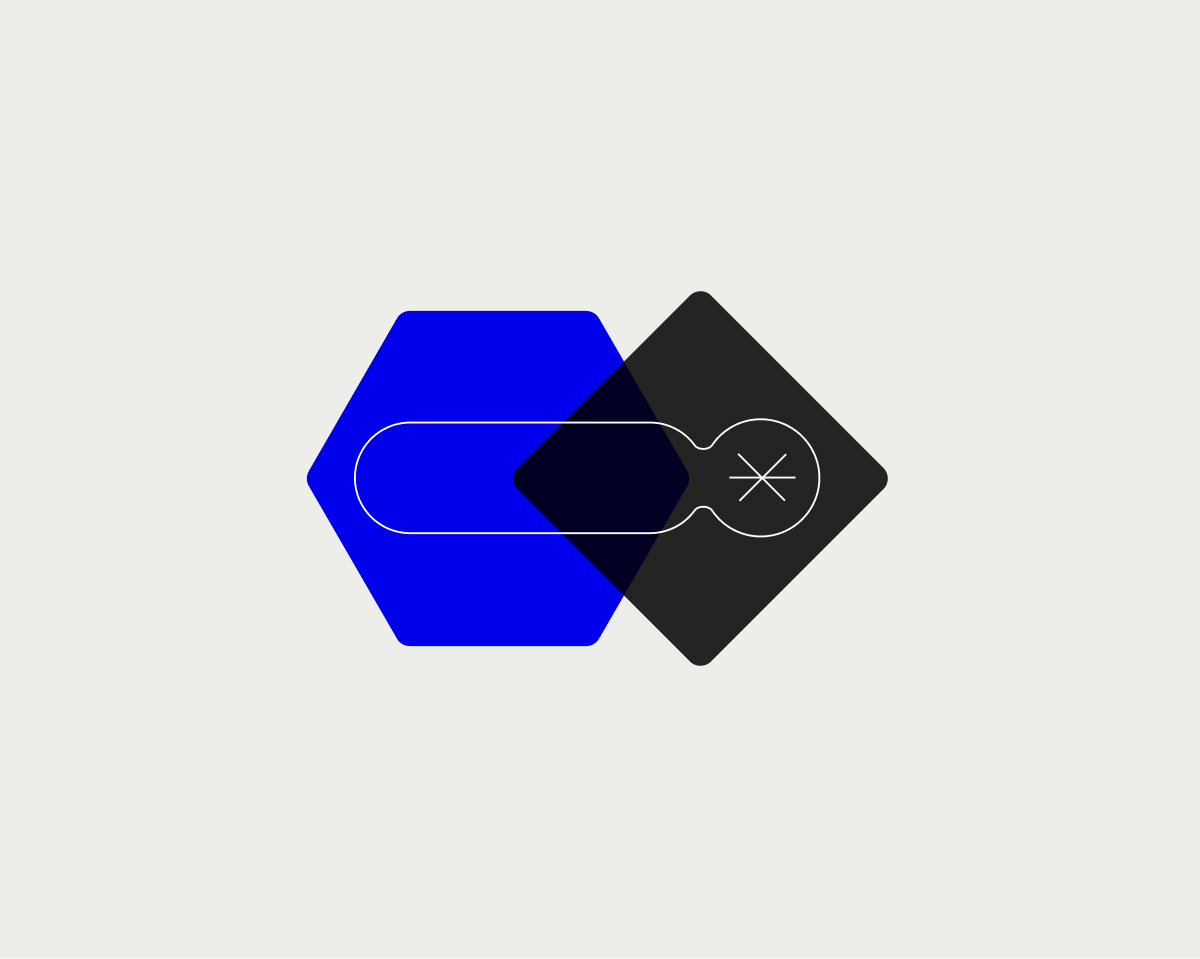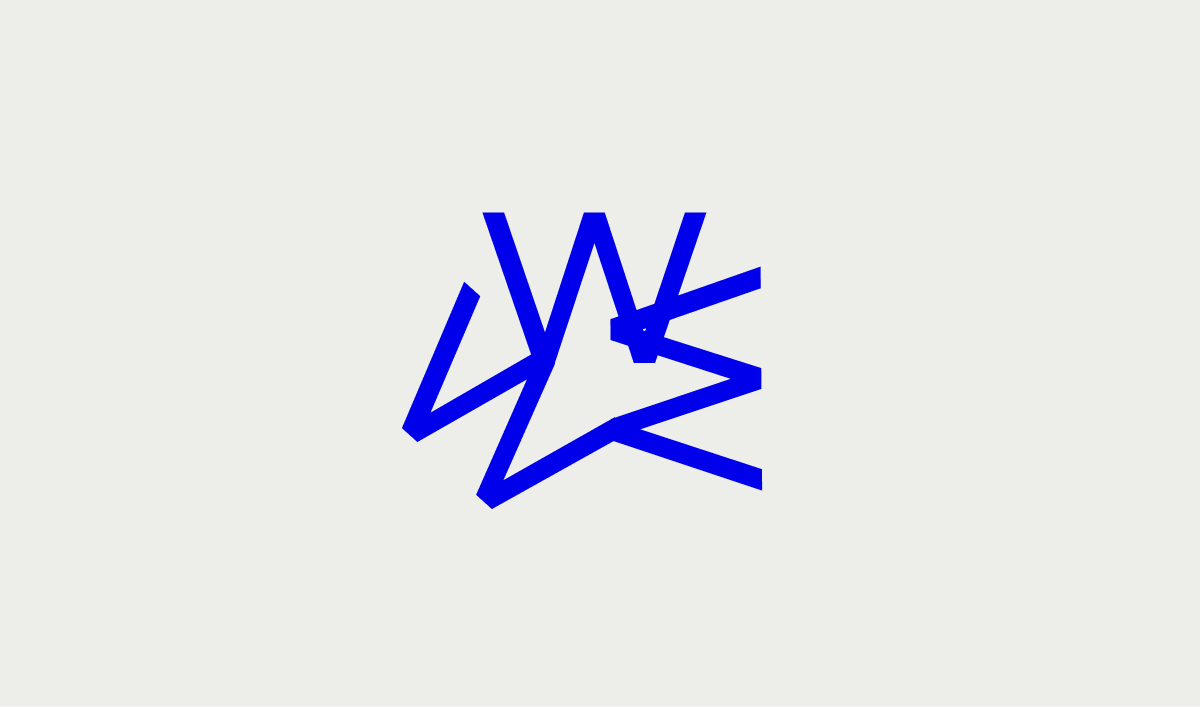In my last post, I gave my vision about how designers are focusing too much on creating libraries and components, and not that much on creativity and differentiation. So I decided to follow up with a vision about challenging design patterns to produce more unique outcomes.
As designers, we often seek inspiration from various sources that challenge our creativity and push the boundaries of innovation. Recently, I had the privilege of visiting the Vasconcelos Library in Mexico City, an iconic modern architectural masterpiece. This architectural gem is not only a place for knowledge but also a testament to the power of architecture to create spaces that inspire, excite, and captivate. This building, named by The Guardian as one of the best buildings of this century, could be easily part of any science fiction movie.
Projected by the architects Alberto Kalach and Juan Palomar Verea, the Vasconcelos Library, was inaugurated in 2006. Named after Mexican philosopher José Vasconcelos, the library aims to embody his belief in democratizing knowledge.
Upon entering the Vasconcelos Library, it's hard not to be struck by the clever use of materials to create an immense space. The building's blend of glass, steel, and concrete lends it a contemporary feel that's both functional and aesthetic while creating a sense of solid and futuristic mood. A two hundred and fifty meters long and thirty meters tall hallway gives access to a spectacular way to classify and store books.

The huge interiors, with interconnected walkways, encourage exploration and create spaces for interaction and work. This setup facilitates easy navigation and ensures that visitors can access books and knowledge with minimal effort.
A disruptive way to think on bookshelves
One of the most captivating features of the Vasconcelos Library lies in the ingenious design of its bookshelves, which hang from the ceiling on suspended structures. These steel structures not only contribute to its highly functional purpose but also provide the foundational visual element that defines the library's visual character.
Conceptually, The steel structures resemble the form of trees, with branches extending outward to hold the bookshelves where the architects aimed to create an environment that symbolized growth, knowledge, and interconnectedness.
Each of them provides an exceptional capacity, able of supporting an impressive number of books; the library's collection currently exceeds six hundred thousand volumes kept meticulously on these modules. They seem envisioned to not only hold books but also provide a unique spatial experience while allowing light to fall from the top filling the space and creating an interaction of patterns of light and shadows that reinforce the visual character and interest of the design.

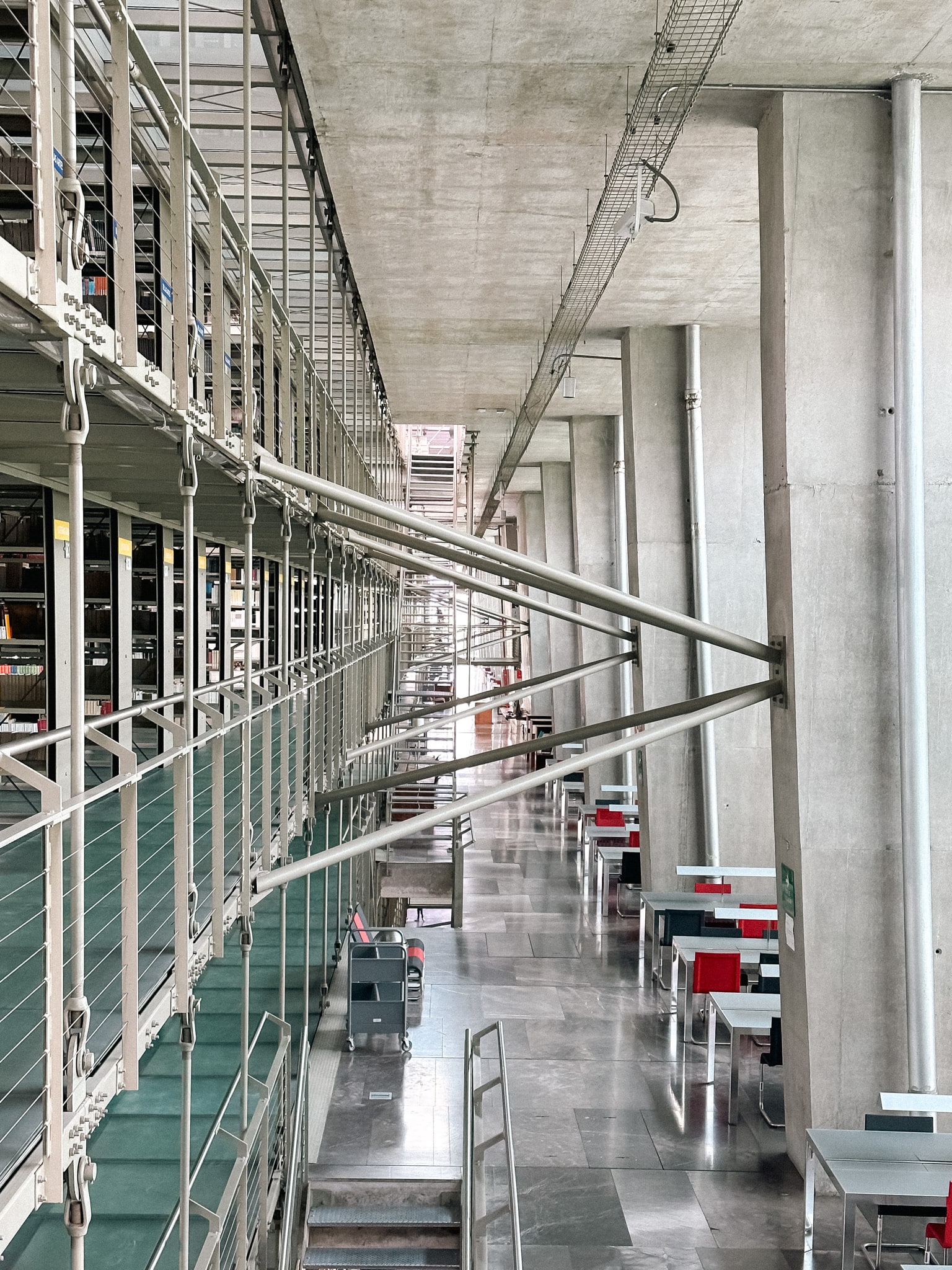
By allowing them to hang freely, the way books are stored defies the traditional constraints of floor-based shelving classic pattern. It efficiently utilizes vertical space while eliminating the need for conventional bookshelves that usually dominate the floor area, and it creates an awesome visual rhythm that draws you to explore the library's depths. This design choice also encourages an immersive experience and a sense of discovery.
Additionally to that, I could not confirm this information, it seems that this structure made by the repetition of modules allows future expansions to store more books, if true, a brilliant way to ensure scalability.
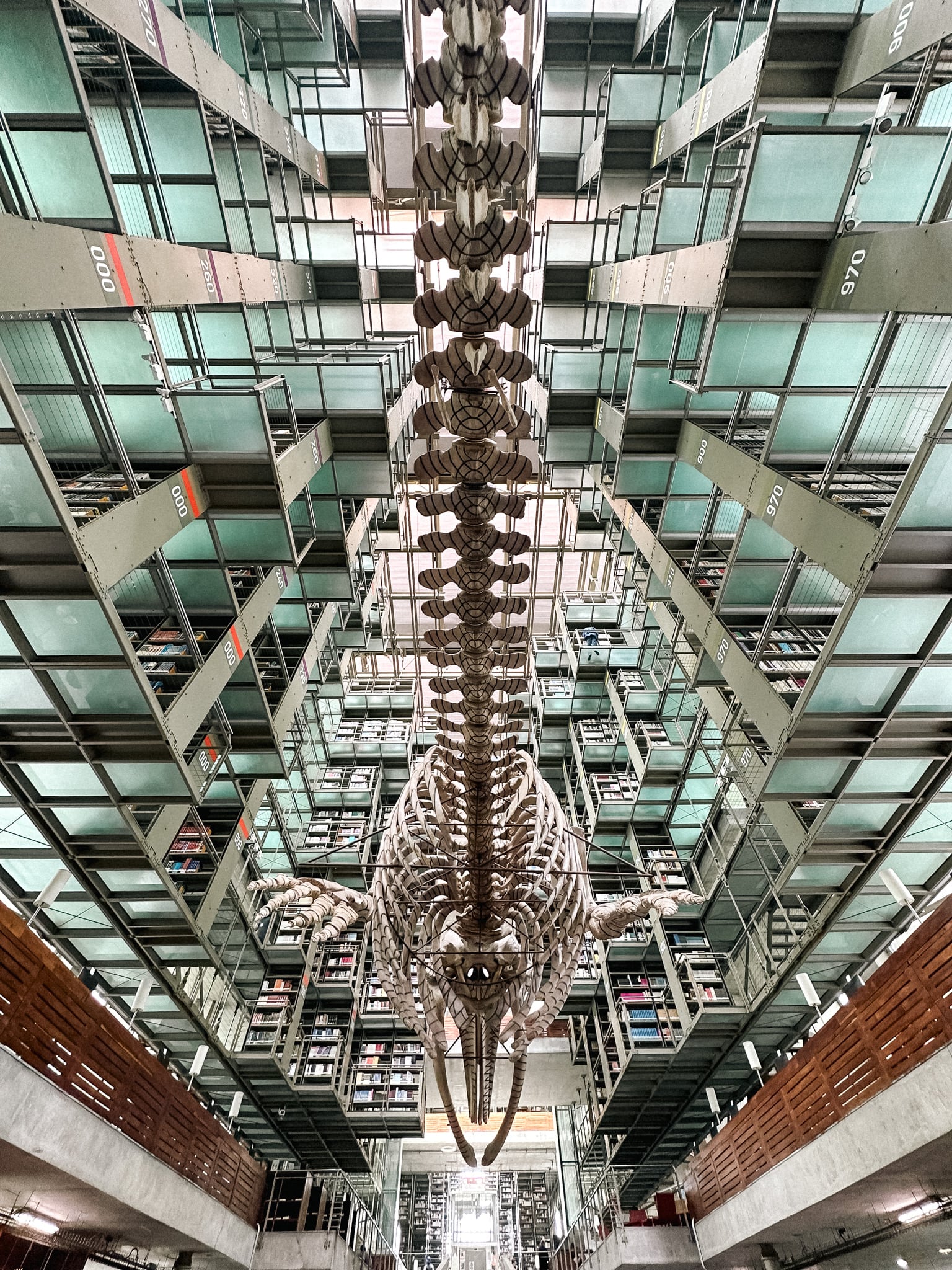
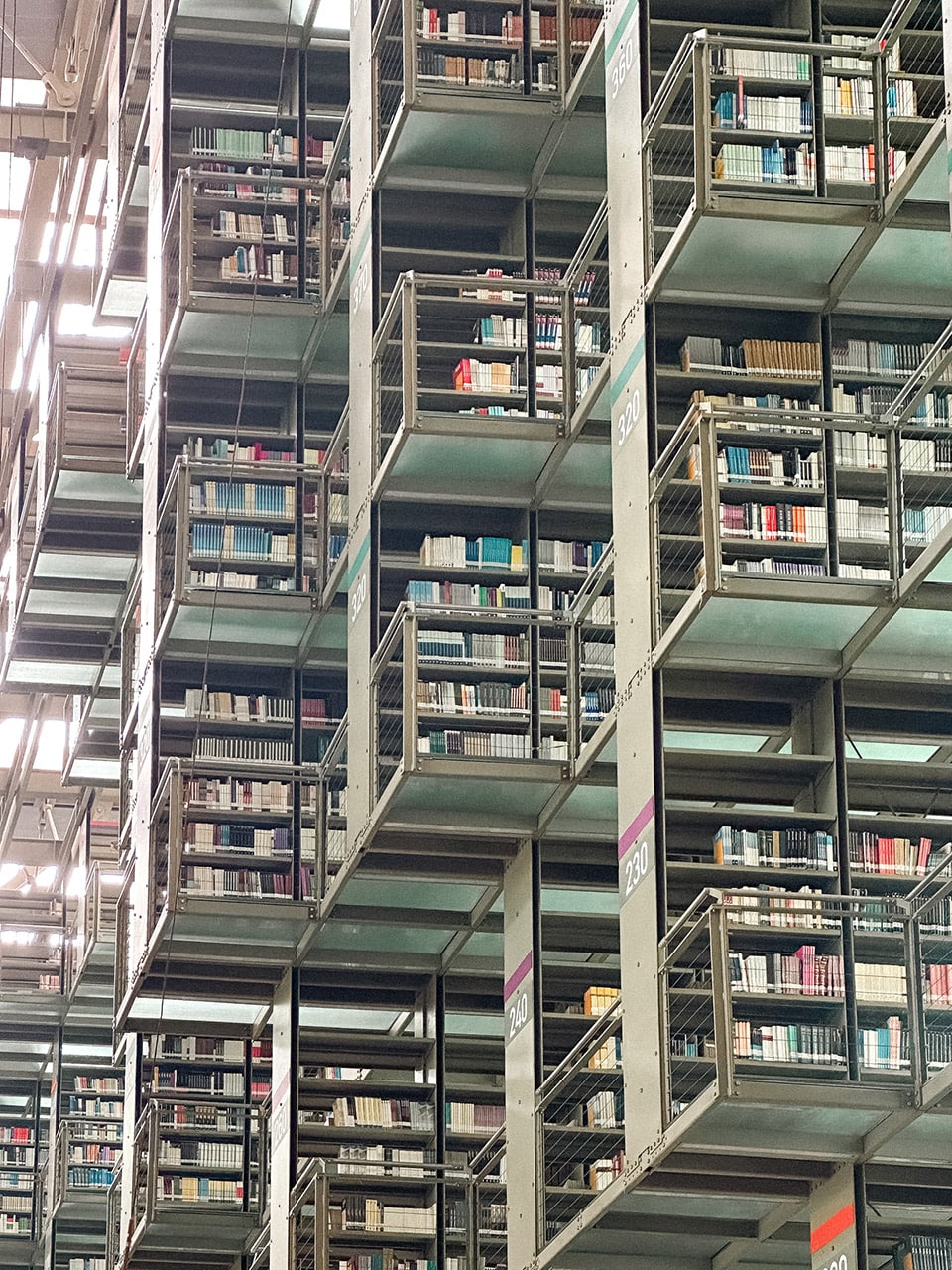
Challenging design patterns
In the last few weeks, I've been thinking and writing about the need for design not forgetting how important creativity and communication are in our profession. Design, especially digital design, tends to follow in the repetition of design patterns just because we know they work and provide efficiency.
As a tool, design patterns allow the user to feel a familiarity with the solution and, therefore perceived as easy to use as they reduce the learning curve and cognitive load. For us, is a way to move faster in our decision-making process.
But I've been wondering if we, as UX, UI, and product designers, given the huge amount of similar brands, apps, and websites out there... need to remember that creativity has been always at the heart of our decisions in the search of creating unique solutions for each of our clients, also, challenging that same continuous similarity of brands and user interface styles.
While libraries have followed similar blueprints for centuries, this place showcases how by breaking away from routine solutions and embracing a fresh perspective, designers can ingeniously transform even the most traditional products into captivating and inspiring experiences away from established design patterns.
The Vasconcelos Library served me as a compelling reminder that while it's prudent for us to first examine the tried-and-true design patterns that have stood the test of time we should also try to explore new and different approaches to think about form and function to challenge them.
And of course, if you plan to visit Mexico City, don't forget to visit this stunning place.
---
Aitor González, founder at bettter.
My posts are just the result of my own experience, life moments, and opinions. Not everything here will work for everyone. Feel free to make them yours if they work for you, and ignore them if not.

